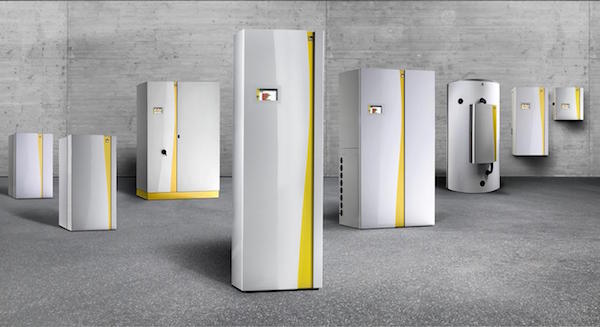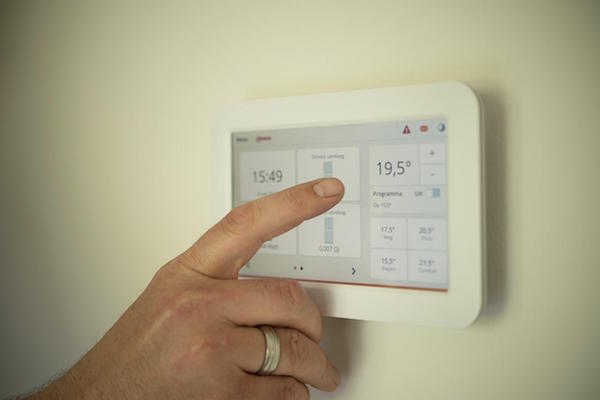Depending on where you live in the United States, the type of heating system you have greatly dictate energy usage and household costs, which is why homeowners tend to research the efficiency levels of heating systems to gain an understanding of market availability.
Choosing an appropriate heating system for your new home or system upgrade is much easier when you understand daily operations, comfort levels or long-term maintenance and repair costs.
What Should I Consider When Buying a Heating System?
A common question asked at https://www.lairdandson.com/furnaces/furnace-repair-service/ is what customers should consider when buying a new heating system. This is an important question because some units are built for energy-efficiency while others are made for a specific fuel or energy source.

In the U.S., many families prefer natural gas as it is a cheap alternative to other sources like propane or electricity. Before shopping, take the time to determine what heating sources are available and at what cost your family’s access to it will be.
What Are the Primary Heating Systems on the Market?
The most preferred heating systems on the market include heat pumps, furnaces and boilers.
1. Electric Heat Pumps
Heat pumps are considered one of the most energy-efficient electric heating systems on the market, which compare in operating costs to gas furnaces.

When researching units, look for energy-efficient models in excess of eight heating seasonal performance factor (HSPF) British thermal unit (BTU) output as it will qualify you for an energy tax credit. The higher the number, the lower your usage and costs will be. Look for geothermal heat pumps or mini-splits that work as heaters or air conditioners.
2. Furnaces
Oil, gas or propane furnaces are popular selections because they have a rating as high as 96 percent annual fuel utilization efficiency. Base models are the most affordable options as they work at an annual fuel utilization efficiency (AFUE) of 80 percent because of newer technology like automatic ignition switches, interior vent dampers and heat exchangers. Mid-level furnaces are 87 percent AFUE efficient depending on the use of propane, gas or oil consumption. High-quality propane and gas furnaces have an AFUE as high as 96 percent because of the secondary heat exchange method that converts the lost warmth from condensation in water vapor. Although homeowners will pay more initially, it will reduce energy usage in the long-term.
3. Boilers
You must check the AFUE rating for boilers which will be above 80 percent. Most new boilers can control efficiency levels, reduce electricity usage and utilize indirect hot water heaters.

The controls allow users to adjust a boiler’s thermostat based on time or exterior temperatures, which significantly reduces usage and operating costs. You must also search for a model that uses a low level of electricity for its pump so it does not increase your day-to-day operating expenses. For high-efficiency, you must also choose an indirect water tank that connects to the boiler’s heating coil.
The standards for a heater’s energy-efficiency are a primary concern for the U.S. Department of Energy, which allows them to review statutes and update their recommendations based on consumption.
Thank you for talking about the energy-efficiency of furnaces and how homeowners can benefit from using them. Long-term efficiency has always been a buzz topic among homeowners like me and I have definitely seen some situations when picking random appliances was not the best idea. I’ll take your advice regarding this and look for an HVAC contractor that can help me determine what home furnace would be the best for my particular house.
Thank you for such a nice article, It covers all the topics of home heating system, I was browsing other websites and find a very good blog at Cambridge Heating and Cooling